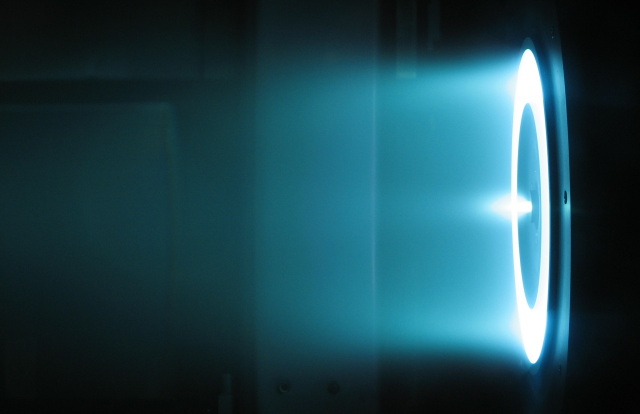NASA wants to cut travel time to Mars “in half” with new propulsion tech
Posted: Thu Jun 18, 2015 2:15 pm
Ars Tech


I'm all for them exploring different idea's I still miss working at NASA
I still miss working at NASA 

...
Aerojet Rocketdyne recently won a NASA contract to develop Hall effect ion thrusters. The main benefit of solar-electric propulsion (SEP) technologies such as ion thrusters is that the energy source (the Sun) lasts for a very long time, while liquid-fuelled rockets have a very finite duration. SEPs aren't quite ready to send humans to Mars, though. "The limiting power of this type of propulsion has been the power to drive it," Bolden said, according to Space.com's account of Bolden's visit to the Aerojet facility. "Aerojet Rocketdyne has partnered with different entities around the country in looking [at] how to get more energy density onto a solar cell. The more power we can get, the larger we can make the engine and its capability."
According to Space.com, Bolden also mentioned the possibility of using thermal nuclear rockets: rockets that use a nuclear reactor to heat gas, which then expands through the nozzle to create thrust. NASA did a lot of work on nuclear rockets with the NERVA program in the '50s and '60s, but it was eventually cancelled in 1972.

I'm all for them exploring different idea's